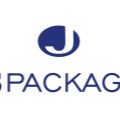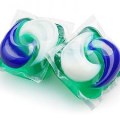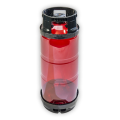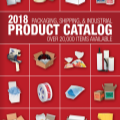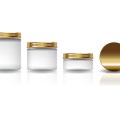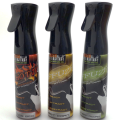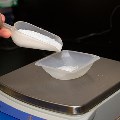If this is your company, CONTACT US to activate Packbase™ software to build your portal.


Ask any woman that grew up in the 80’s, and she can tell you what her preferred brand of aerosol hair spray was. When “big hair” was popular, so was using aerosol spray cans for packaging, but this is no longer this case. Aerosol sprays have gotten a reputation for being bad for the environment.
Many consumers associate them with damaging the ozone layer, due to the chlorofluorocarbons (CFC) that were used in aerosol packaging in the past. However, manufacturers eliminated the use of CFCs almost 40 years ago when the U.S. banned the use of CFCs in 1978.
Aerosol PackagingAerosol products are still available today, but those made or sold in the U.S. do not contain ozone-depleting chemicals. They now use propellants, such as hydrocarbons and compressed gases like nitrous oxide.
These propellants do not deplete the ozone layer, but still have a negative effect on a manufacturer's carbon footprint. They contribute to ground level ozone levels because they contain hydrocarbon and compressed gasses, and they emit volatile organic compounds (VOC). So, for an environmentally conscious manufacturer, what can you do?
Alternatives to aerosol packaging
Here are two alternatives to using aerosol sprays in your packaging:
1. Explore an option like our Flairosol spray bottle. This bag-in-bottle container system provides a continuous spray without the need for any kind of propellant gases. This sprayer delivers environmental benefits, efficiencies, functionality, and remarkable value. Learn more about the Flairiosol option from this article.
2. Consider a completely different product format. Aerosol air fresheners have been converted to other types of pumps and sprays or completely changed formats to jars of air freshener beads and such.
When aerosol packaging is necessary
Aerosol packaging is not all bad and many times is the appropriate choice. In some cases, Aerosol cans may be the only choice. We still see a lot of aerosol packaging used with paints, lubricants and other chemicals. Many aerosol cans are made of 25% recycled material, making the empty cans recyclable.
If you have to use them, know you can still make a positive impact on the environment. Aerosol packaging options are also tamper resistant and tamper evident so if those safety features are important to you, this is a good option for your product.
What are my next steps?
We know it can be confusing to know if aerosol packaging is the best option for your product. Can you find a cost-effective alternative or is one even an option for your product?
Our packaging specialists will work with you to determine your best solution to lessen the carbon footprint from your product and find a solution that is appealing and accepted by your consumers.Contact us today to get started.


